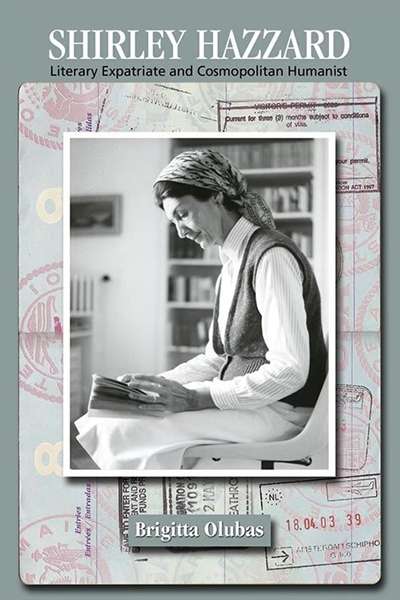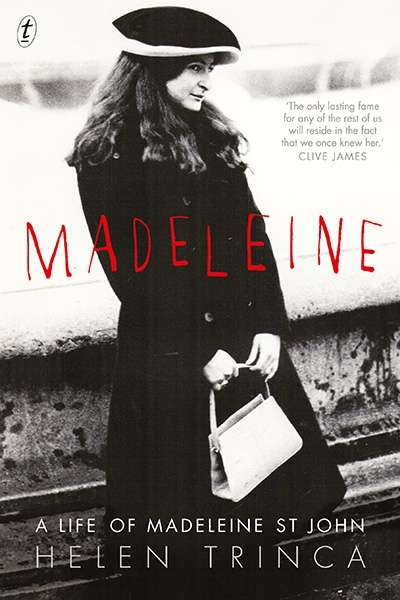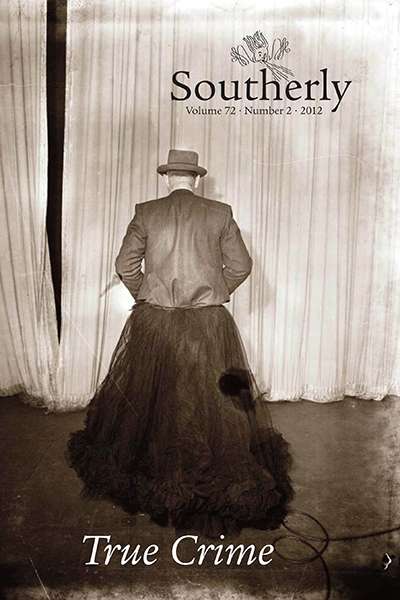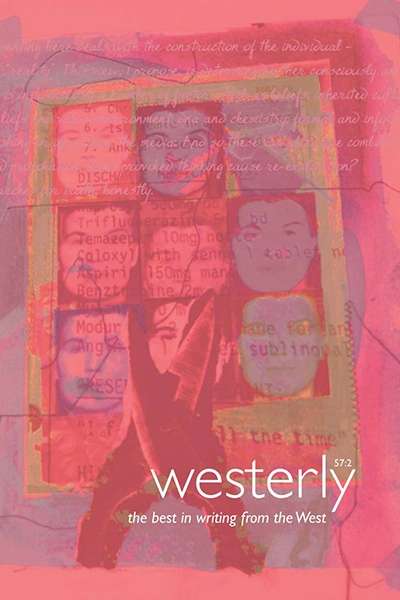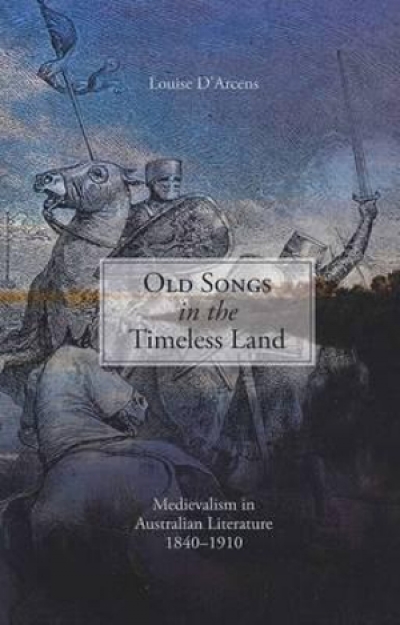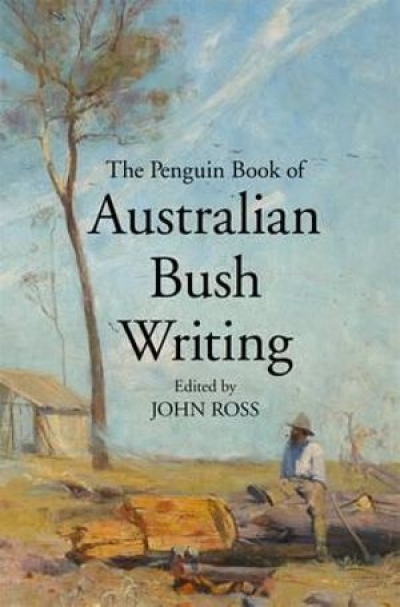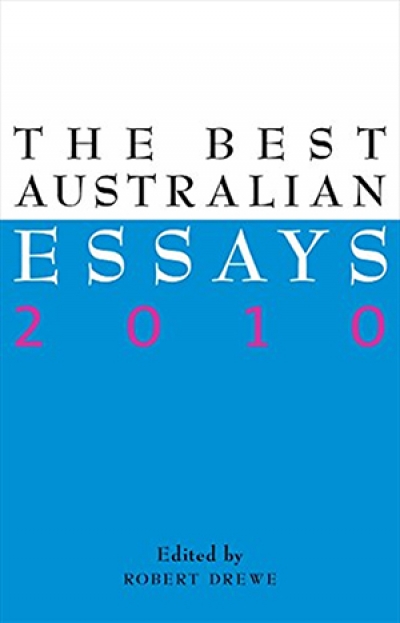Australian Literature
Shirley Hazzard: Literary Expatriate and Cosmopolitan Humanist by Brigitta Olubas
Westerly Vol. 57, No. 2 edited by Delys Bird and Tony Hughes-d’Aeth
Old Songs in the Timeless Land: Medievalism in Australian literature 1840–1910 by Louise D’Arcens
The Penguin Book of Australian Bush Writing edited by edited by John Ross
It’s not often that literature makes the front page of the Sydney Morning Herald, but on 3 November 2006 the lead story was a report by David Marr about the National Library of Australia’s purchase of a collection of Patrick White’s papers, previously thought destroyed. Other media, both in Australia and internationally, picked up the story. The T ...
The Best Australian Essays 2010 edited by Robert Drewe
Latent violence
Dear Editor,
In reviewing my biography of Clifton Pugh, Brenda Niall, a distinguished biographer herself, arrives at this puzzling last sentence: ‘Whether or not Morrison intended it … the Clifton Pugh of these pages emerges more as opportunist than true believer’ (ABR, February 2010). She states earlier that it surprises her that a large number of women were attracted to Pugh, and that I myself retained a measure of love for him until the end of his life.
... (read more)Perhaps the most influential guide to ‘theory’ in Australia in the 1980s was Terry Eagleton’s Literary Theory: An Introduction (1983). The cover of my paperback edition features a detail from Jan Vermeer’s painting Mistress and Maid, in which a respectful domestic servant hands a document to her mistress, who is seated at a writing table. I take this to be a visual allusion to Alexander Pope’s formulation in An Essay on Criticism that ‘Criticism [is] the Muse’s Handmaid’. Eagleton’s polemical refusal of that secondary and facilitating role was influential in turning a generation of Australian literary critics from ‘criticism’ to ‘critique’. From Graeme Turner’s National Fictions (1986) and Kay Schaffer’s Women and the Bush (1987) to my own Writing the Colonial Adventure (1995) and Susan Sheridan’s Along the Faultlines (1995), the cultural-nationalist and new-critical canons alike were supplemented by alternative canons – feminist, realist, postcolonial and ‘popular’ – as texts were subjected to rigorous ideological critique for their representations of class, race, gender and nation. Criticism was no longer the handmaid to literature; a hermeneutics of scepticism and suspicion prevailed.
... (read more)
